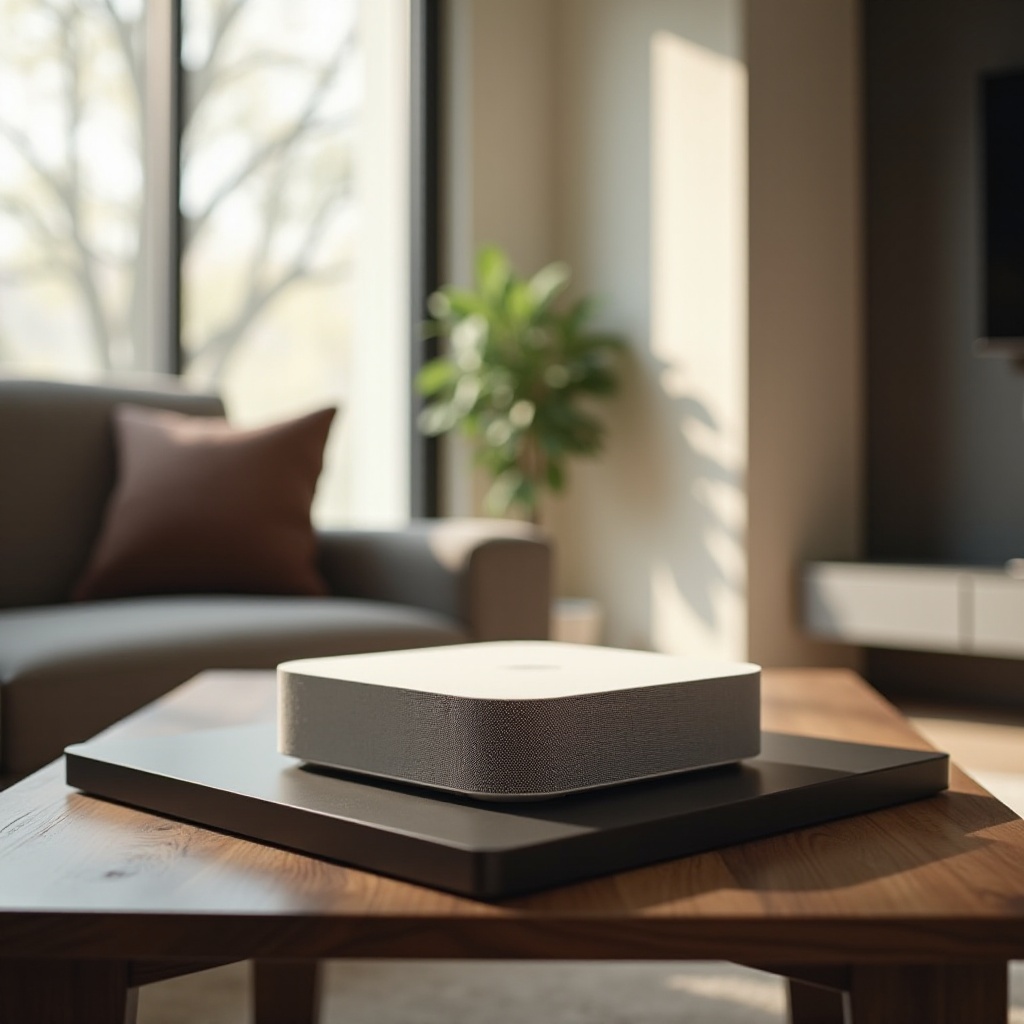Best Computer WiFi Configuration for the Highest Speed
Introduction
Getting the best performance out of your computer's WiFi connection can dramatically enhance your online experience, whether you're streaming, gaming, or browsing. This guide will break down the best computer WiFi configuration for achieving the highest speed and explain how to optimize your hardware and network settings to their full potential.

Understanding WiFi Standards and Their Impact on Speed
WiFi technology has evolved significantly over the years, and understanding the different standards is key to optimizing your setup.
Evolution of WiFi Standards
The term WiFi encompasses a range of protocols, each offering improvements in speed and reliability:
- WiFi 4 (802.11n): Provided a maximum speed of 600 Mbps.
- WiFi 5 (802.11ac): Increased maximum speeds to 1.3 Gbps.
- WiFi 6 (802.11ax): Offers even higher speeds up to 9.6 Gbps.
- WiFi 6E: Extends WiFi 6 into the 6 GHz band, providing more bandwidth and reducing interference.
Comparing WiFi 5, WiFi 6, and WiFi 6E
- WiFi 5: Suitable for general use, but may suffer in crowded environments.
- WiFi 6: Ideal for modern networks, offering improved performance and efficiency.
- WiFi 6E: Best for future-proofing, leveraging the new 6 GHz band for reduced interference.
Benefits of the Latest WiFi Technologies
WiFi 6 and WiFi 6E provide several advantages:- Increased speeds: Faster data transfer rates.- Reduced latency: Smoother performance for gaming and streaming.- Better efficiency: Improved network management for multiple devices.
Choosing the Optimal Hardware for Maximum Speed
Hardware plays a pivotal role in achieving the highest WiFi speeds. Let's look at the key components.
Selecting the Best Routers and Modems
Your choice of router and modem directly impacts your network's performance:
- Router: Look for models supporting WiFi 6 or WiFi 6E. Features like multiple user, multiple input, multiple output (MU-MIMO) and beamforming can enhance speed.
- Modem: Ensure compatibility with your Internet Service Provider (ISP) and opt for one supporting the highest DOCSIS (Data Over Cable Service Interface Specification) standard available.
Importance of High-Performance Network Adapters
Network adapters, whether internal or external, are essential:- Internal Adapters: Generally faster and more reliable.- External Adapters: Ideal for upgrading older machines without internal slots.Ensure your network adapter supports the latest WiFi standards.
Advantages of Mesh Networks and Range Extenders
For larger homes or offices, mesh networks and range extenders can help:- Mesh Networks: Multiple nodes provide seamless coverage.- Range Extenders: Boost signal in hard-to-reach areas.
Configuring Network Settings for Optimal Performance
Even the best hardware needs proper configuration to maximize speed.
Identifying the Best WiFi Channels
WiFi operates on different channels, and selecting the least congested can improve performance:1. Use a WiFi Analyzer: Tools like WiFi Analyzer (for Android) or NetSpot (for iOS and Windows) can help identify the best channel.2. Change Router Settings: Access your router settings via the web interface and select the optimal channel manually.
Utilizing 2.4 GHz and 5 GHz Frequency Bands
Understanding the difference between these bands is crucial:- 2.4 GHz: Offers better range but is more prone to interference.- 5 GHz: Provides higher speeds and less interference but has a shorter range.
Setting Up Quality of Service (QoS)
QoS prioritizes network traffic to ensure critical tasks get sufficient bandwidth:1. Identify Critical Applications: Assign priority to gaming, streaming, or video conferencing.2. Adjust QoS Settings: Access your router's settings and configure QoS rules based on device or application.

Enhancing Router Placement and Environmental Factors
Where you place your router and the surrounding environment significantly impacts WiFi performance.
Optimal Router Placement
Place your router strategically:- Central Location: Ideally, in the middle of your home or office.- Elevated Position: On a shelf or mounted on a wall.
Minimizing Physical Obstructions
Reduce barriers that block WiFi signals:- Avoid Thick Walls and Metal Objects: These can impede signal strength.- Clear Line of Sight: Ensure there are minimal obstructions between the router and your devices.
Reducing Interference from Other Devices
Many household items can interfere with WiFi signals:- Microwaves and Cordless Phones: Position your router away from these devices.- Other Wireless Networks: Use the 5 GHz band to minimize interference.

Advanced WiFi Configuration Tips for Speed
Beyond basic settings, certain advanced adjustments can further enhance your network.
Updating Firmware and Drivers Regularly
Regular updates ensure your devices are running optimally:- Router Firmware: Check the manufacturer's website for updates.- Network Adapter Drivers: Update drivers via your device manager or manufacturer's site.
Using Advanced Router Features (MU-MIMO, Beamforming)
Leverage advanced features to boost performance:- MU-MIMO: Allows multiple devices to use the network simultaneously without congestion.- Beamforming: Directs WiFi signals towards specific devices to enhance speed and reliability.
Implementing Network Security Measures
Securing your network can also optimize performance:- Use Strong Encryption: WPA3 is the latest standard offering enhanced security.- Change Default Credentials: Use unique usernames and passwords for your router settings.
Conclusion
Configuring your computer’s WiFi for the highest speed involves understanding the latest standards, choosing appropriate hardware, optimizing network settings, and ensuring strategic placement and minimal interference. By implementing these steps, you can significantly boost your WiFi performance, ensuring faster and more reliable internet connectivity.
Frequently Asked Questions
How can I test my WiFi speed effectively?
To test your WiFi speed, use online tools such as Speedtest by Ookla. Ensure that the testing device is close to the router and no other devices are using significant bandwidth.
What is the difference between 2.4 GHz and 5 GHz bands?
The 2.4 GHz band offers wider range but more interference, while the 5 GHz band provides higher speeds and less interference but has a shorter range.
How often should I update my router's firmware?
Check for firmware updates at least once every few months. Regular updates improve performance and enhance security.




